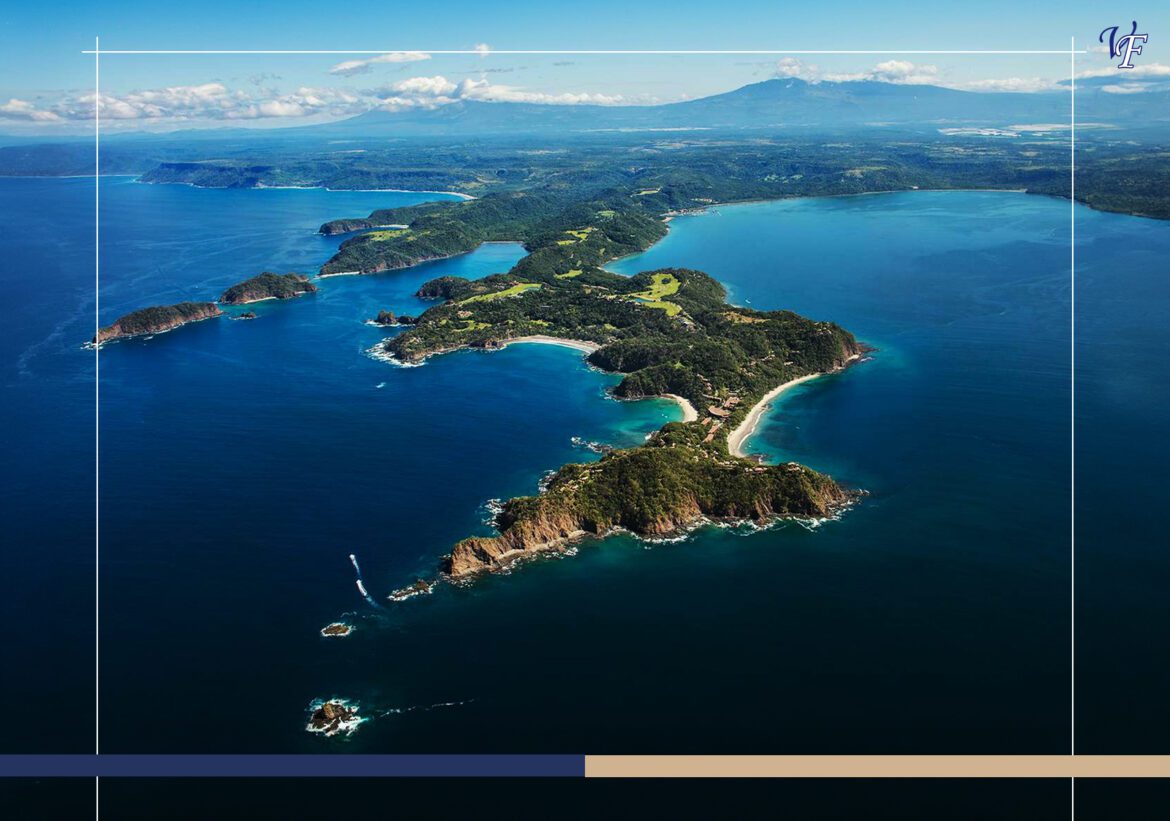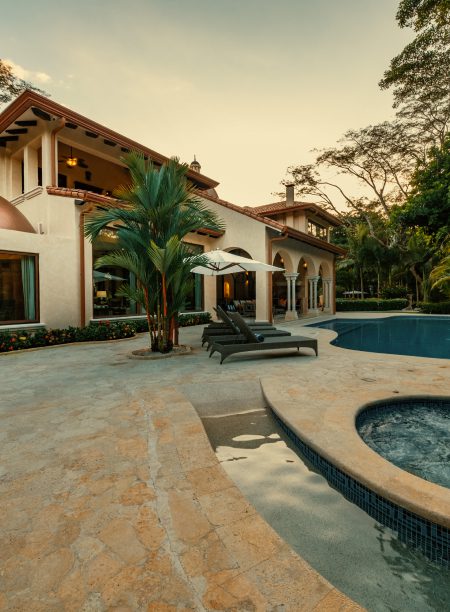The species-rich habitats and ecosystems of Costa Rica have made it a well-known country worldwide. The different regions have varying levels of biodiversity; hence, some plants and animals are exclusive to certain areas, whereas others are not. Therefore, these sites must be saved and used for proper purposes to protect the whole Earth from harm caused by human activities through economic exploitation of their resources.
Ensure the survival of innumerable species and to promote the rational utilization of natural resources by surveying and protecting the ecological regions of Costa Rica.
Coastal Ecosystems
Coastal areas are home to a wide range of species and ecosystems. These include dry beaches along the Pacific Ocean and rich rainforests in the Caribbean. They are very important to the existence of many wildlife species, which are supported by different oceans and seas.
Pacific Coastline
Guanacaste’s wildlife is incredibly diverse, extending along the Pacific coast. The high ground is hot and dry, transforming into wet forests in the south. This region is famous for having many monkeys, sea turtles, and a variety of bird species along its shoreline.
Guanacaste’s shores are well-known as sea turtle nesting grounds, a characteristic feature that makes them indispensable for the survival of these grand animals. The dry forests here host unique species adapted to the arid conditions, making it a remarkable area for biodiversity.
Caribbean Coastline
The abundant plant and animal species found on the Caribbean coast are diverse and rich. Different animals found in this region are howler monkeys, sloths, colorful frogs, and toucans.
Warm and humid weather prevails throughout most of the region, backed by thick rainforests along its beaches and numerous swamps. Thus, swamps play significant roles in preserving ecological equilibrium and serving as homes for a diverse range of species.
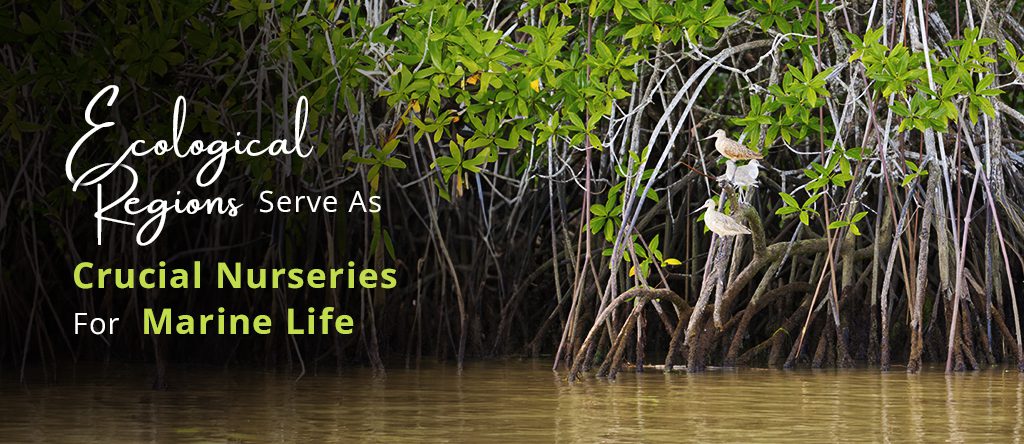
Forests
The forests in this country are among the most biologically rich spots in the world. Each kind of forest, from tropical dry to cloud forests, has its unique environment, boasting a great variety of flora and fauna.
Tropical Dry Forest
Located in Guanacaste, the tropical dry forest survives without water for long stretches of time. The trees in this region that drop all their leaves return green only after the rains have resumed. This makes homes available for animals such as white-tailed deer and numerous bird species.
Despite being dry, or maybe because it has few rains and is therefore arid, the tropical dry forest contains an extraordinary variety of plants and animals that cannot be found elsewhere.
The seasonal changes in this forest create a dynamic environment that is constantly evolving.
Lowland Tropical Rainforest
The lowland tropical rainforest of the Osa Peninsula catches the eye. It is marked by thick green vegetation and moderately intense continuous rains. Many wild animals, such as jaguars and tapirs, and a plethora of bird species inhabit this area.
With respect to biodiversity, the Osa Peninsula continues to be one of the most biologically rich spots on Earth, so it has to be conserved.
The dense leafy covering and low vegetation house an enormous diversity of flora and fauna, making it an imperative zone for scientific research and biodiversity conservation.
Cloud Forest
Cloud forests are typical at elevated locations enveloped in mist and fog. They contain famous orchids, moss-covered trees, and ferns. The Monteverde Cloud Forest Reserve has rare bird species, such as the resplendent quetzal and the endangered golden toad.
This unusual temperature regime plus altitude combine to provide suitable conditions for numerous plant and animal species not seen elsewhere. The constant presence of moisture in these forests makes them a unique and fragile ecosystem.
Highland Mountain Rainforest
The evergreen trees in the thick montane rainforests found in highlands, especially along the Talamanca Mountain range, are covered with moss-laden bamboo. This vegetation hosts exceptional varieties of life forms unique to this place. The highland mountain rainforest provides a critical habitat for numerous species, some of which are not found anywhere else.
The diverse range of microclimates in these rainforests creates niches for various plants and animals, making them vital for biodiversity.
Semi-Deciduous Mid-Elevation Forest
At mid-level elevations are found these forests that are characterized by a combination of deciduous and evergreen trees. Various bird species can be seen here, and animals can also move around under the thick vegetation.
This significant ecosystem of mid-elevation semi-deciduous forests supports wildlife from diverse groups. The intermingling of evergreen and deciduous trees creates a unique forest structure that supports a wide range of species.
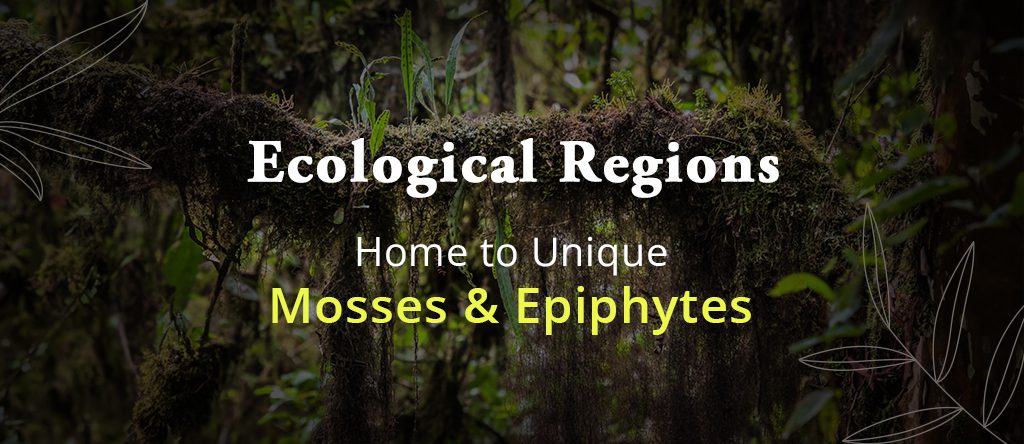
Specialized Habitats
In addition to its famous woods and edges, this nation has a variety of specific habitats. These unique ecosystems, including mangrove forests, wetlands, and coral reefs, are crucial for maintaining the country’s unparalleled biodiversity.
Mangrove Forest
Mangroves are important plant communities along the shores of the Pacific and Caribbean. They play an essential role in water purification and coastal protection and serve as significant breeding sites for various marine creatures.
Mangrove forests are crucial for sustaining healthy coastal conditions while promoting diverse species of sea creatures, such as crabs, shrimp, and oysters. These forests act as buffers against storm surges and erosion, making them vital for coastal protection.
Wetlands
Many species, especially migratory birds that fly long distances, find refuge in marshes and rivers. Wetlands play an essential role in terms of biodiversity and serve as significant water reservoirs. They support various plants and animals and are critical for maintaining ecological balance.
The presence of wetlands ensures water availability during dry periods, supporting both wildlife and human communities.
Páramo
The Talamanca Mountain range has páramos, which are high-altitude areas of grasslands and shrublands. These regions contain floral compositions specifically adapted to extremely cold and windy environments.
Páramos filter and regulate water and serve as habitats for unique animal species. Additionally, they represent important ecosystems that support exclusive plant types accustomed to harsh conditions.
Shallow Sea
The region is home to shallow seas filled with humpback whales, dolphins, and diverse fish species. Migratory birds are also highly dependent on these seas. Therefore, caring for shallow marine habitats is fundamental for marine life wellness and the conservation of the coastlines.
It is characterized by many different kinds of marine fauna because its waters are supported by rich nutrients; hence, they provide useful fishing grounds and tourist destinations.
Coral Reef
The Cocos Island coral reefs are an enchanting underwater site, attracting many snorkelers and divers. These reefs accommodate a variety of marine species, including colorful fish, sea turtles, and sharks.
Coral reefs are instrumental in marine life conservation and the well-being of ocean ecosystems. Their intricate patterns serve as homes and reproduction areas for countless sea denizens.
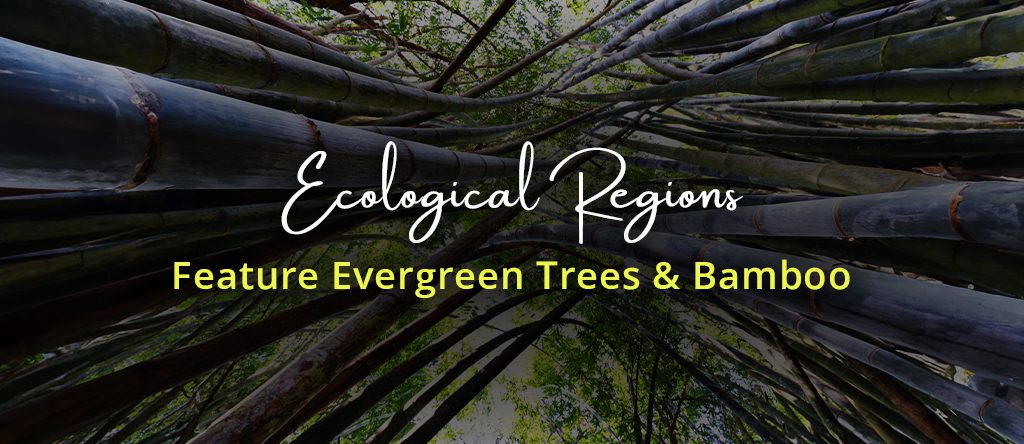
Conclusion
It is essential to preserve the diverse ecosystems of this nation to protect global biodiversity. Threats like deforestation, climate change, and pollution require collaborative conservation efforts.
These ecological regions must be saved to keep the planet habitable for future generations. They are home to many plants and animals. Each type of habitat—whether mangrove swamps along the coasts or upland jungles on mountainsides—plays a crucial role in the environmental system, supporting its self-sustainability.
You can protect these precious habitats through sustainable practices and dedicated conservation efforts and ensure they thrive for future generations.



